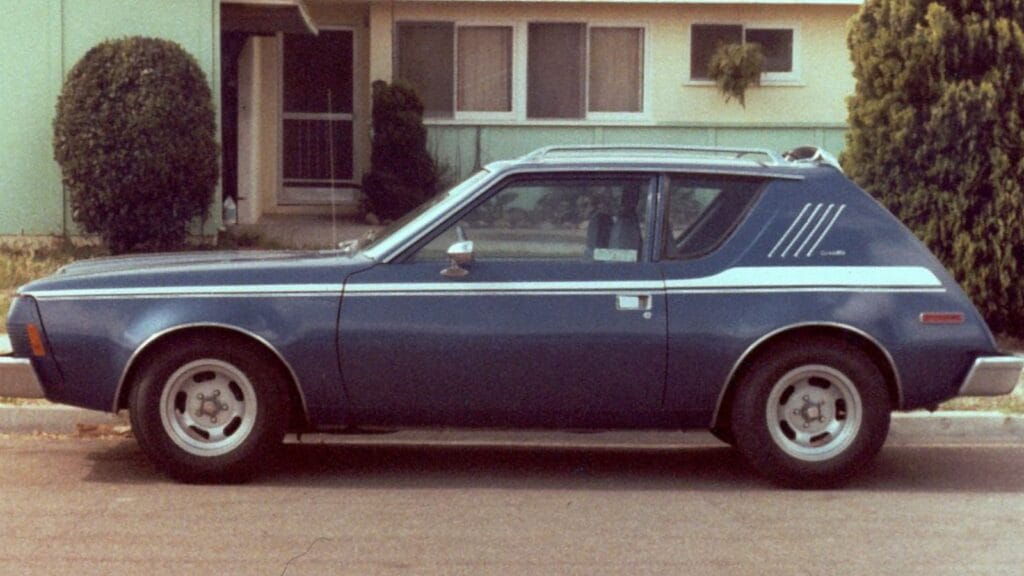The 1970s were a decade of contrasts in the automotive world. Muscle cars from the early years gave drivers roaring V8s and striking lines, but by the mid-decade, the oil crisis, stricter safety laws, and emissions regulations reshaped the industry. Styling departments often struggled to balance creativity with regulations, and many experiments ended up being disasters. Some designs were plain dull, others bizarrely futuristic, and a few just plain wrong. Here are ten of the ugliest cars of the 70s — machines that left buyers scratching their heads and critics shaking theirs.
AMC Pacer
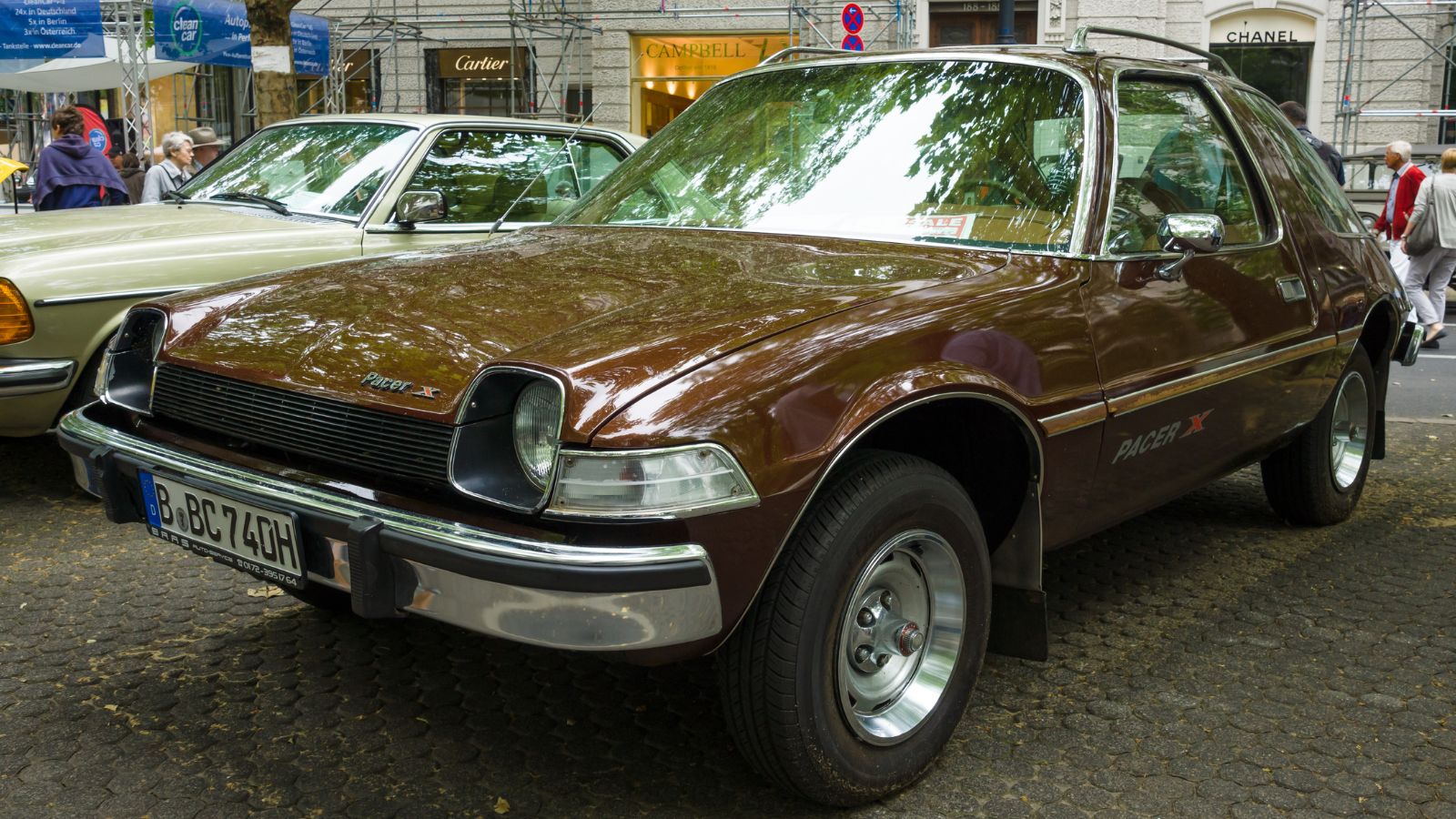
The AMC Pacer is perhaps the poster child for oddball 70s design. Marketed as the “car of the future,” it featured massive glass areas, wide proportions, and a bulbous body that earned it the nickname “the fishbowl.” While AMC claimed the unusual shape improved interior space and visibility, the styling never clicked with buyers who were used to sleeker cars. Over time, it became a cult classic, but in its day, it was widely mocked for its cartoonish look. Even today, it’s remembered more as an oddity than a design triumph.
Ford Pinto
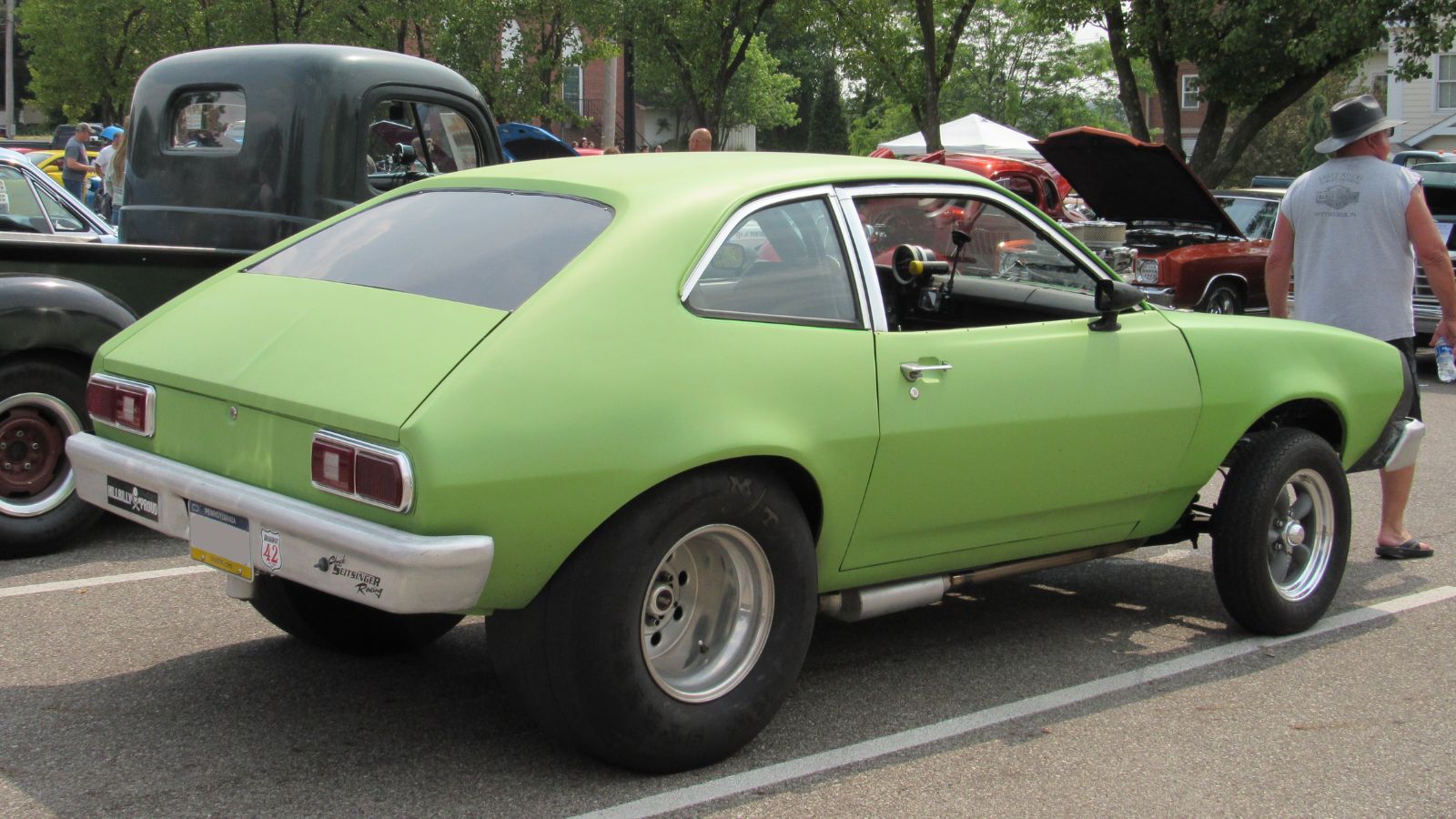
The Pinto is remembered most for its safety scandal, but its design didn’t do much to help its reputation. With stubby proportions and plain detailing, the Pinto looked like a cheap toy car rather than a serious competitor to European imports. Ford built it quickly to cash in on the demand for small cars, but its styling felt rushed and uninspired. The short rear end and awkward stance only made its functional flaws stand out more. For a car meant to save Ford in the compact segment, its looks were as disappointing as its safety record.
Chevrolet Chevette
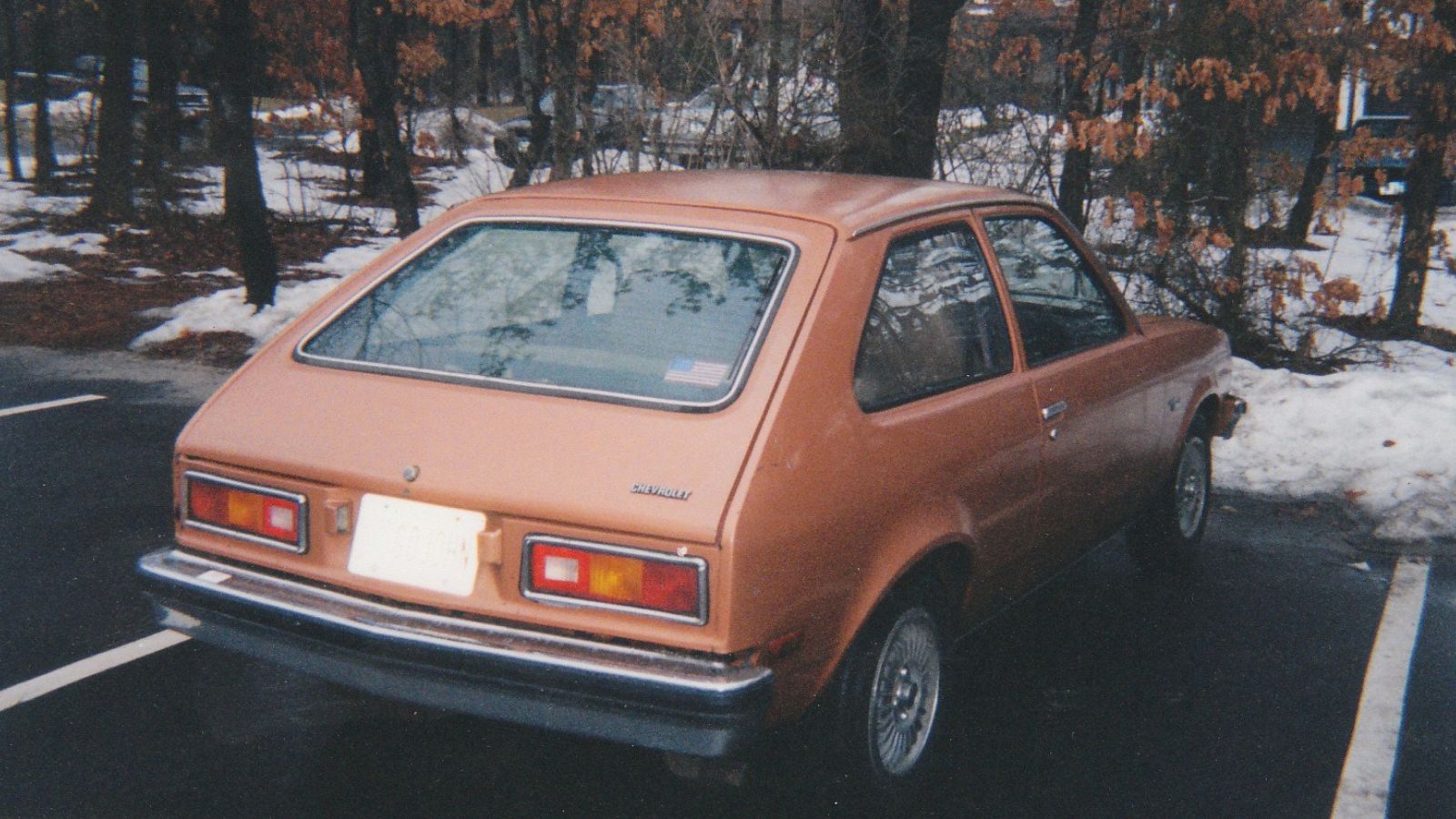
The Chevette was GM’s answer to rising fuel prices, but it looked more like an appliance than an automobile. Boxy, unimaginative, and bland to the extreme, it lacked any kind of personality. While it sold well thanks to its affordability, nobody bought a Chevette for its style. In Canada, it became a common sight in winter as a disposable commuter, but it was rarely anyone’s dream car. The Chevette’s dull styling reflected GM’s approach at the time: build something cheap and practical, even if it looked like a refrigerator on wheels.
Bricklin SV-1
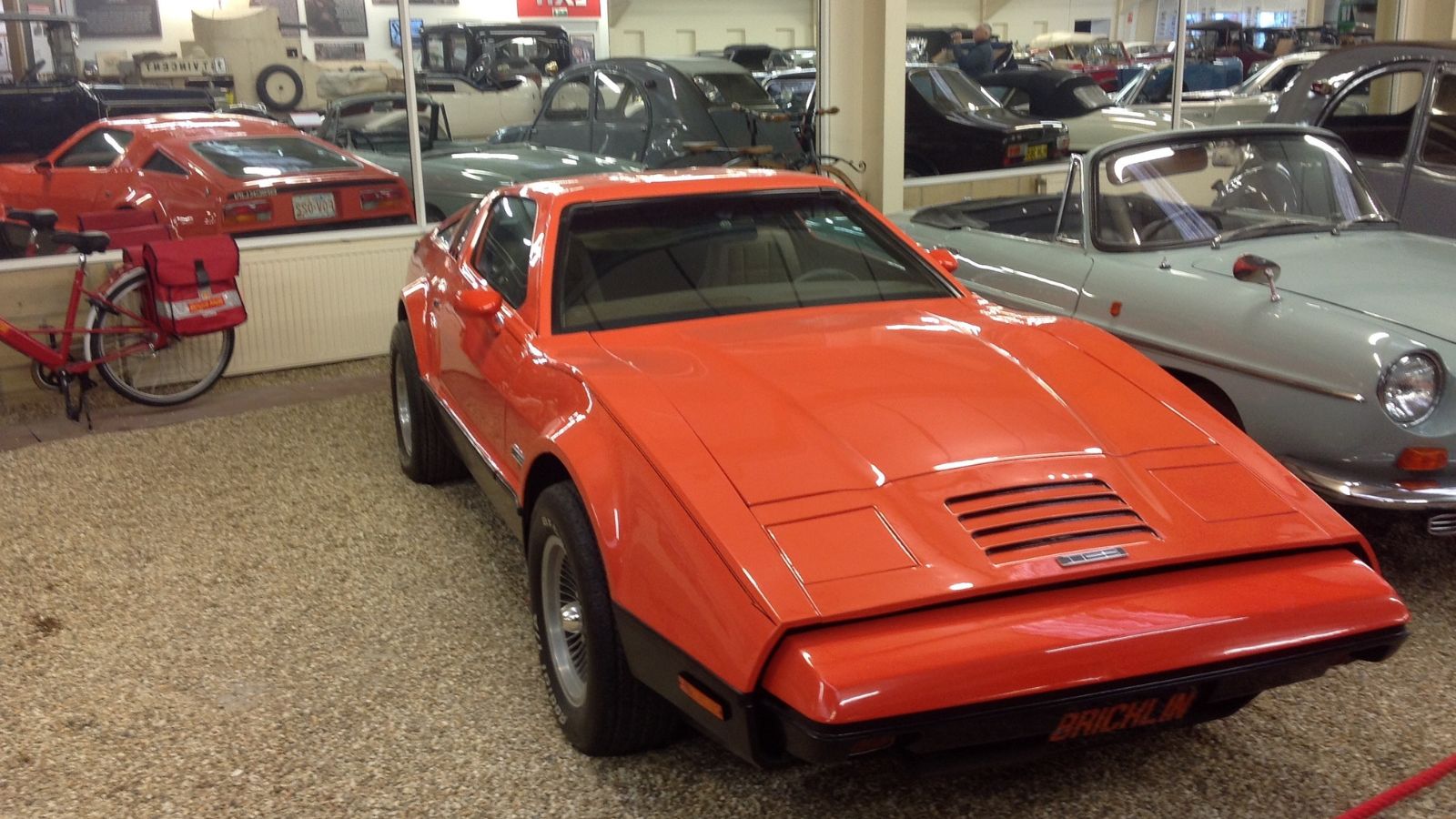
The Bricklin SV-1, built in New Brunswick, Canada, was meant to be a safe, futuristic sports car. Its gullwing doors and unique body panels sounded exciting on paper, but in reality the proportions were clumsy and awkward. The nose looked blocky, the sides bulky, and the whole car seemed unfinished. Combined with poor build quality and underwhelming performance, the Bricklin quickly flopped. Its odd looks made it stand out, but not in the way its creators hoped. Today, it’s remembered as one of the strangest Canadian contributions to the car world.
AMC Gremlin
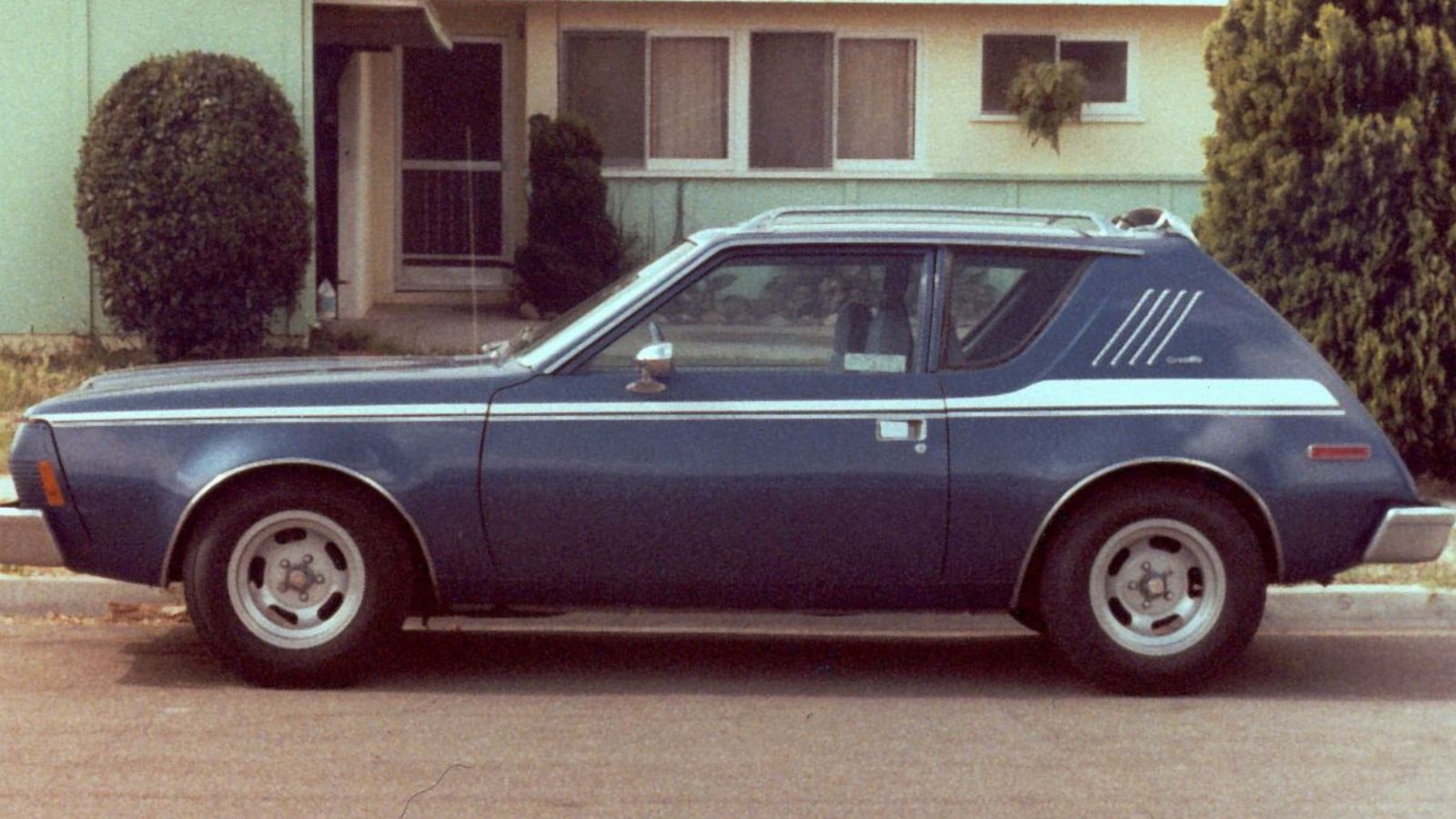
AMC deserves credit for trying something bold with the Gremlin, but bold doesn’t always mean good. Essentially a Hornet sedan chopped down at the rear, the Gremlin had a long front end and a rear that looked like it was cut off with a saw. Its proportions were bizarre, and critics didn’t hold back in mocking it. Despite this, it found buyers who wanted something cheap and different, and today it has an odd cult following. But in terms of design, it remains one of the most awkward cars of the 70s.
Dodge Aspen
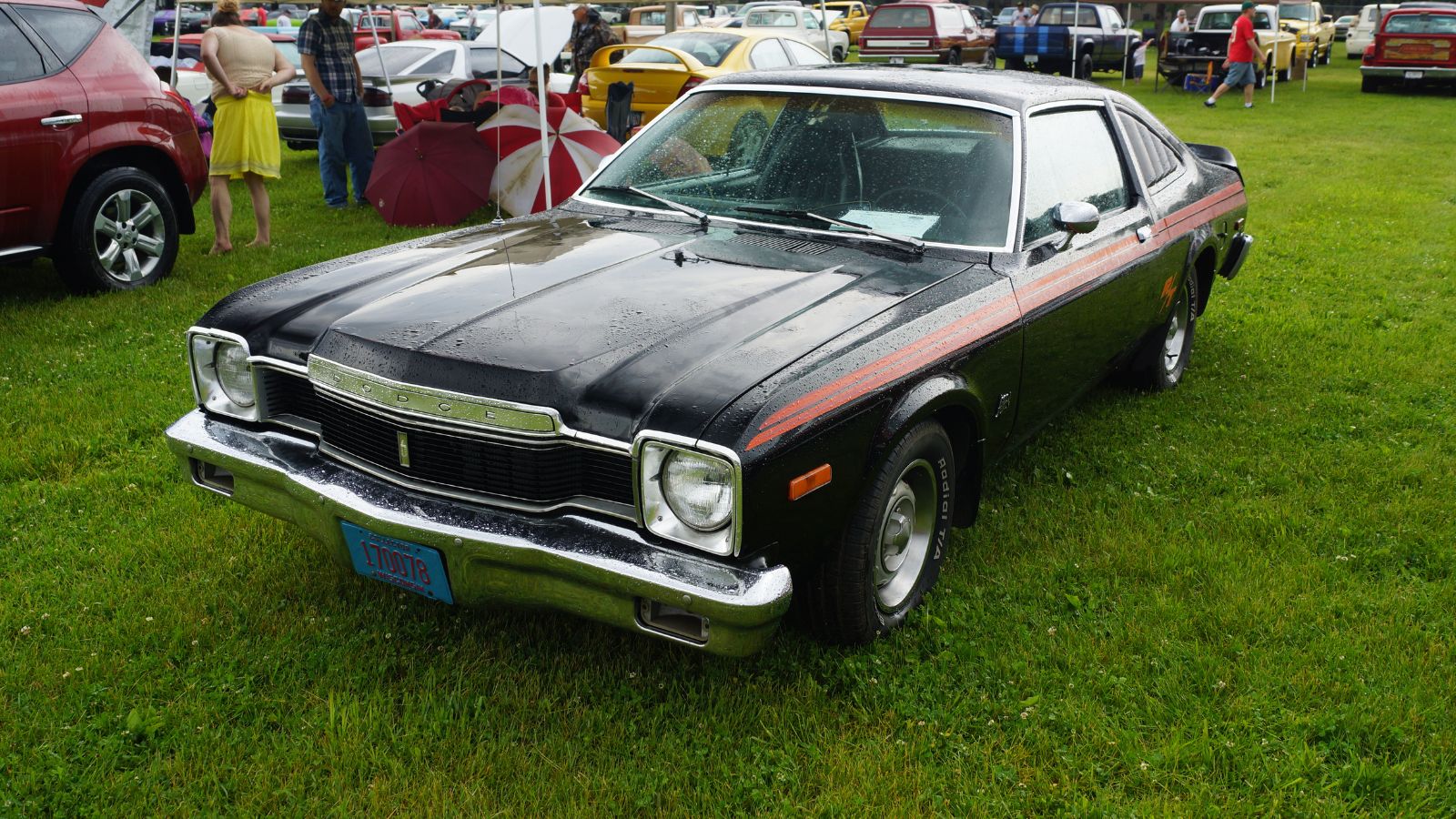
The Dodge Aspen was Chrysler’s attempt at a smaller, fuel-conscious car for the 70s. Unfortunately, its styling was uninspired, looking like a shrunk-down version of Chrysler’s bigger sedans without any real identity. Boxy lines and bland detailing made it forgettable at best. Reliability issues only amplified the Aspen’s poor reputation, and its plain looks meant it blended into traffic in the least flattering way. For a car meant to help Chrysler recover, the Aspen instead became another example of the malaise era’s dull designs.
Chevrolet Vega
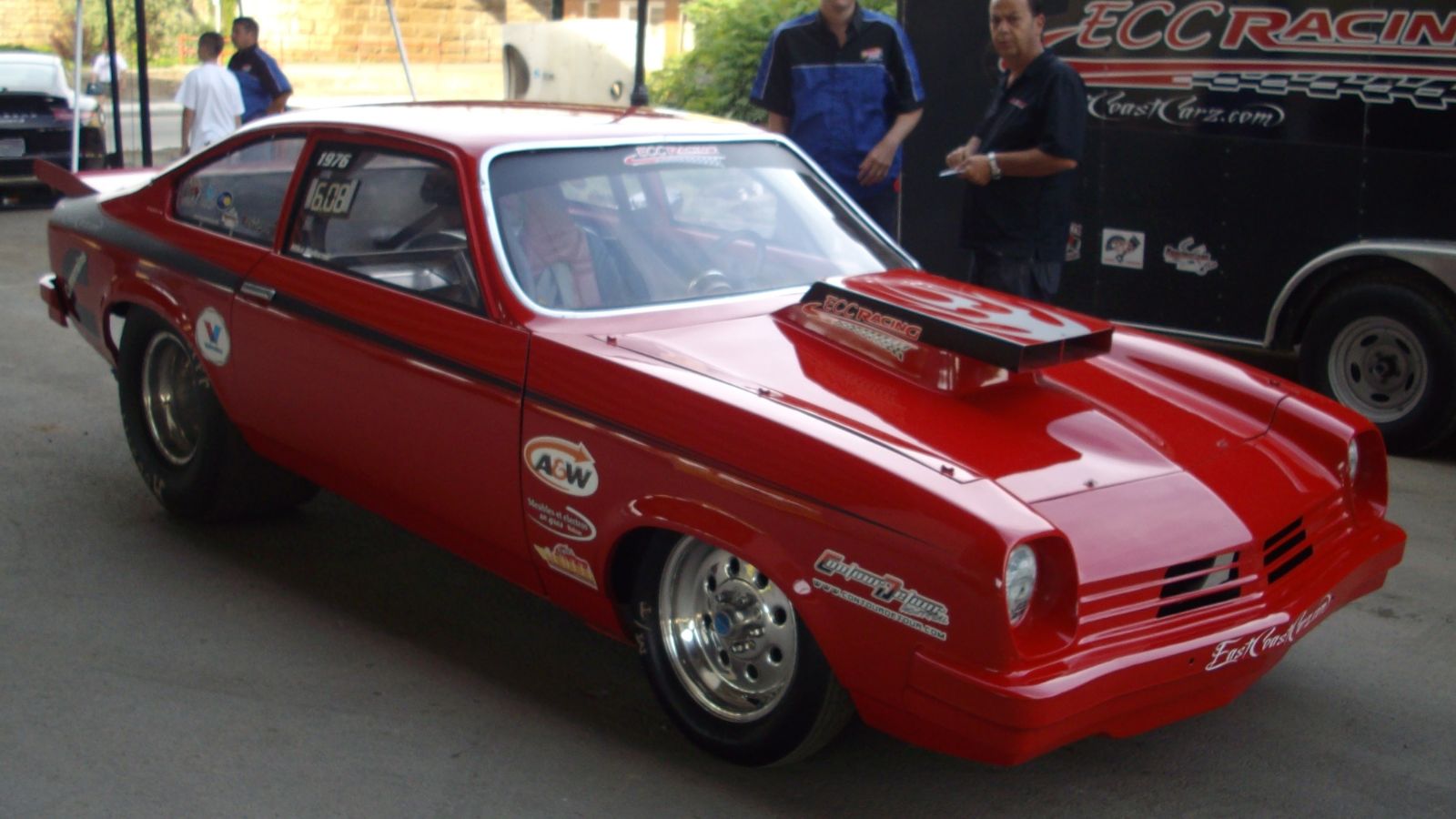
The Chevy Vega launched with huge hype as GM’s modern compact for the future, but its looks didn’t live up to the marketing. With flat sides, awkward proportions, and a forgettable face, the Vega looked more like a household appliance than a sporty compact. Rust issues and unreliable engines meant that many Vegas fell apart quickly, making their lack of beauty even more apparent. Even the GT trims with stripes and add-ons couldn’t disguise the bland styling underneath.
Plymouth Volaré
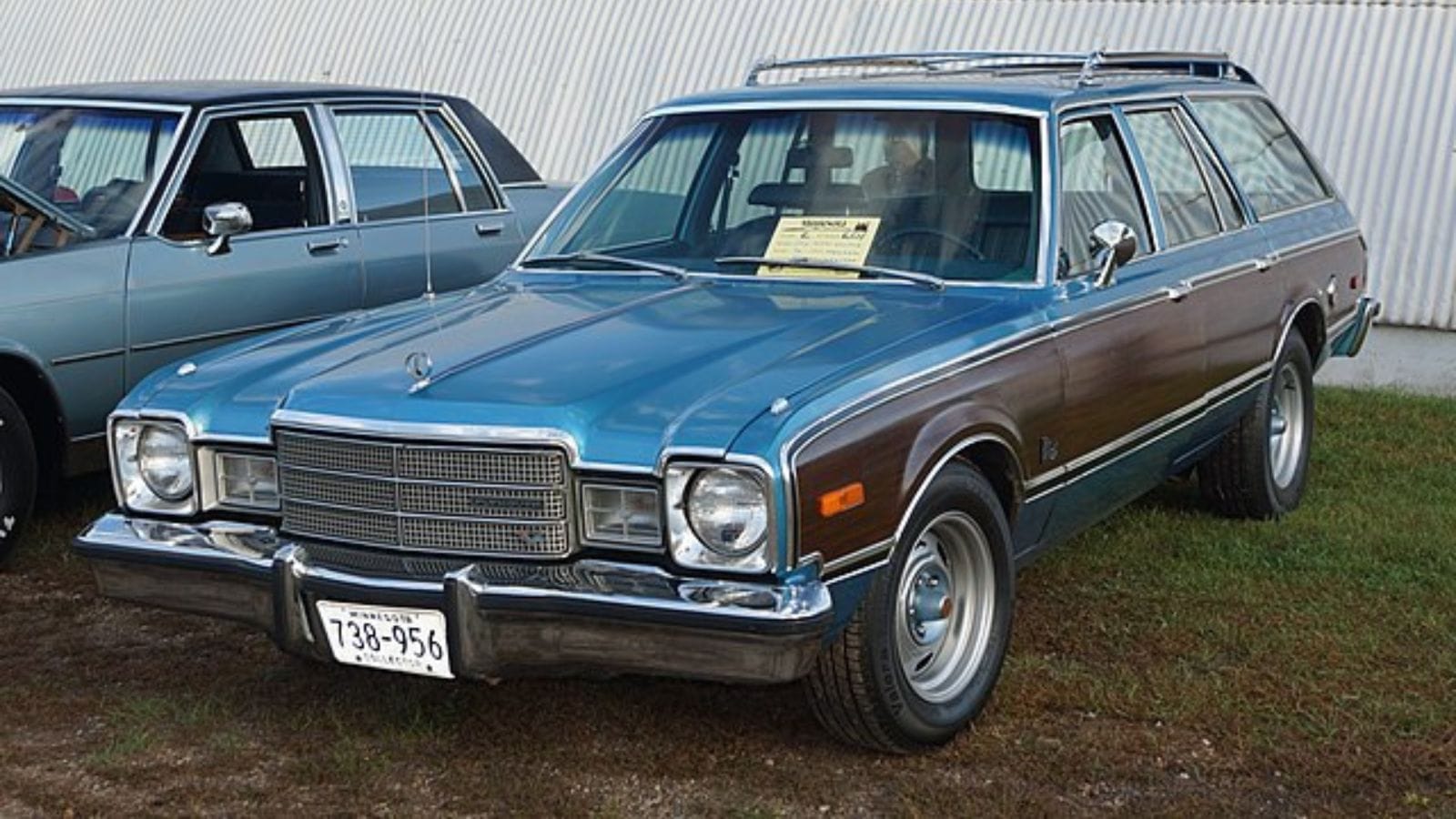
The Plymouth Volaré, sister car to the Dodge Aspen, suffered from the same problems. Its squared-off lines, plain front end, and lifeless stance made it look more like a rental car than a proud Plymouth. It was meant to replace the aging Valiant, but instead, it became one of Chrysler’s biggest flops of the decade. The Volaré’s unflattering design and poor quality tarnished its image so badly that the nameplate disappeared entirely within a few years.
Renault Le Car
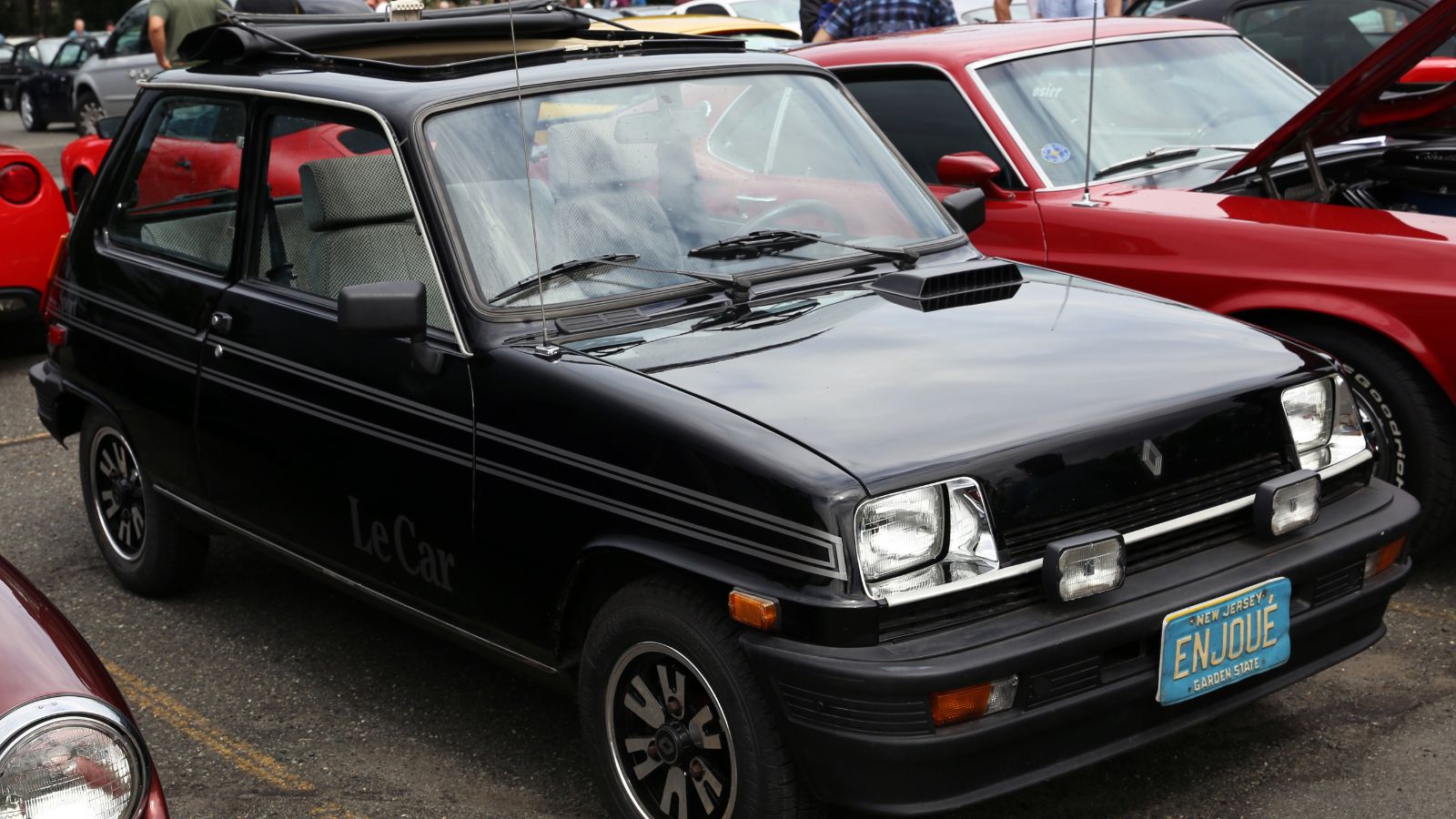
When Renault brought the Le Car (also known as the Renault 5) to North America, it hoped buyers would embrace its European quirkiness. Instead, most thought it looked strange and underwhelming compared to domestic compacts. With its stubby shape and cartoonish stance, the Le Car didn’t win over many North American buyers. In Europe, it had some charm, but on wide American and Canadian roads filled with big sedans and pickups, it looked comically out of place.
Oldsmobile Omega
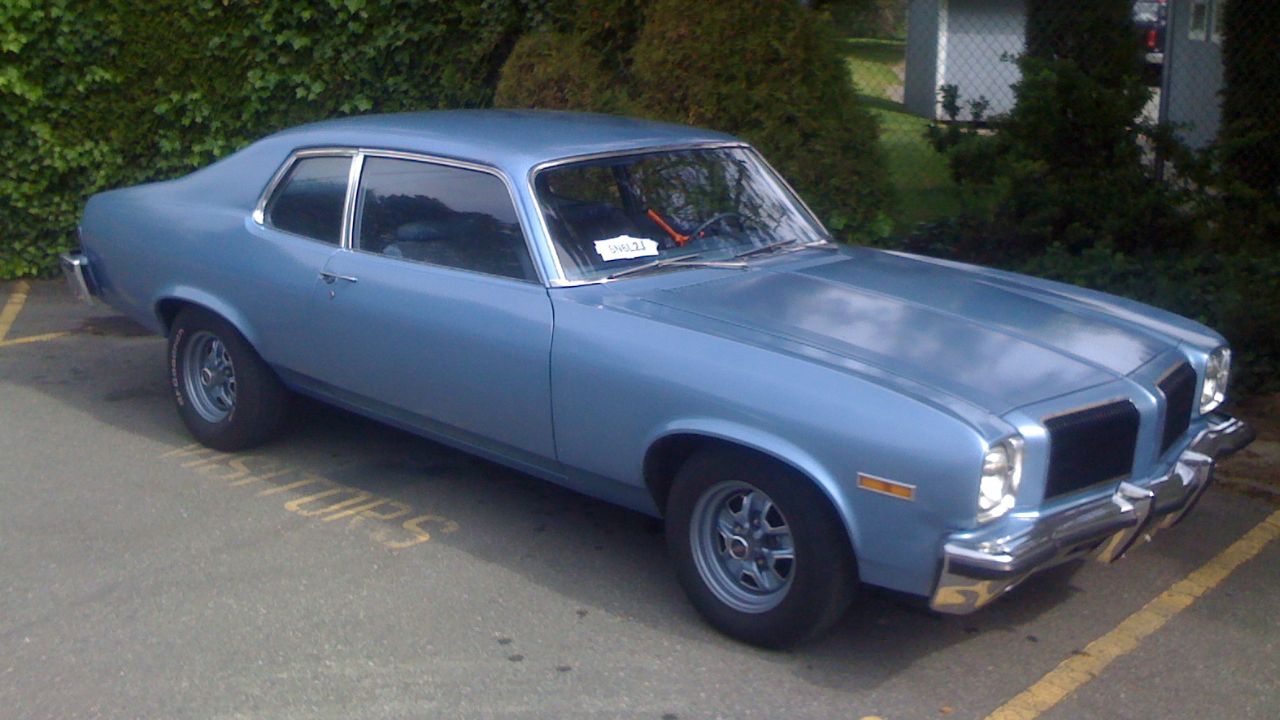
Oldsmobile tried to enter the compact car market with the Omega, but its design was little more than a Chevy Nova with a duller face. It lacked any of Oldsmobile’s traditional luxury styling cues, leaving it awkward and uninspiring. Its proportions didn’t work, and its bland looks meant it had no personality. For a brand trying to maintain its premium image, the Omega did more harm than good. It was forgettable when new and remains so today, except as an example of the malaise era’s weak designs.
25 Facts About Car Loans That Most Drivers Don’t Realize

Car loans are one of the most common ways people fund car purchases. Like any other kind of loan, car loans can have certain features that can be regarded as an advantage or a disadvantage to the borrower. Understanding all essential facts about car loans and how they work to ensure that you get the best deal for your financial situation is essential. Here are 25 shocking facts about car loans that most drivers don’t realize:
25 Facts About Car Loans That Most Drivers Don’t Realize
